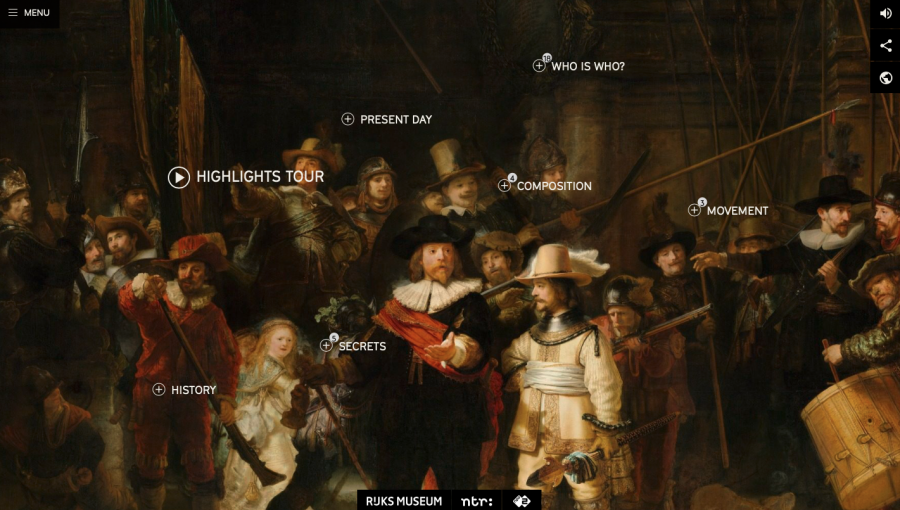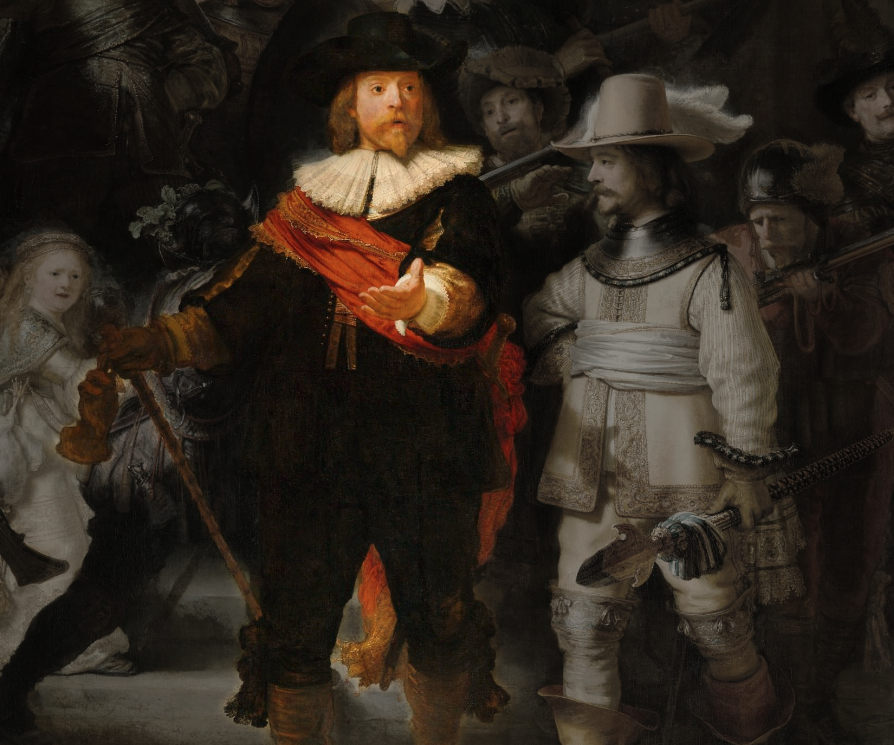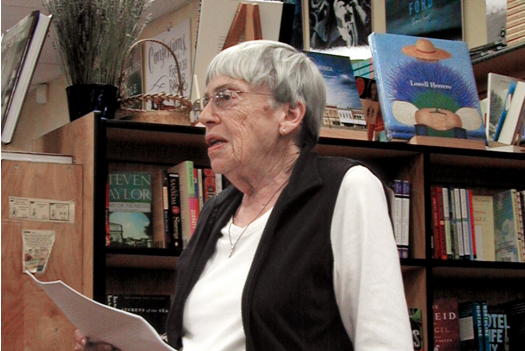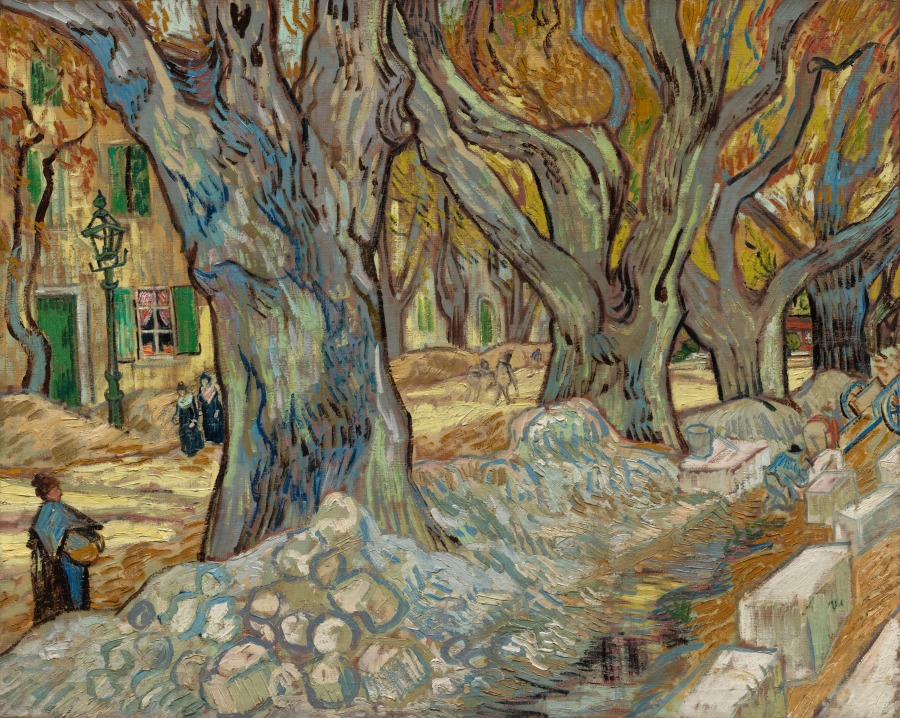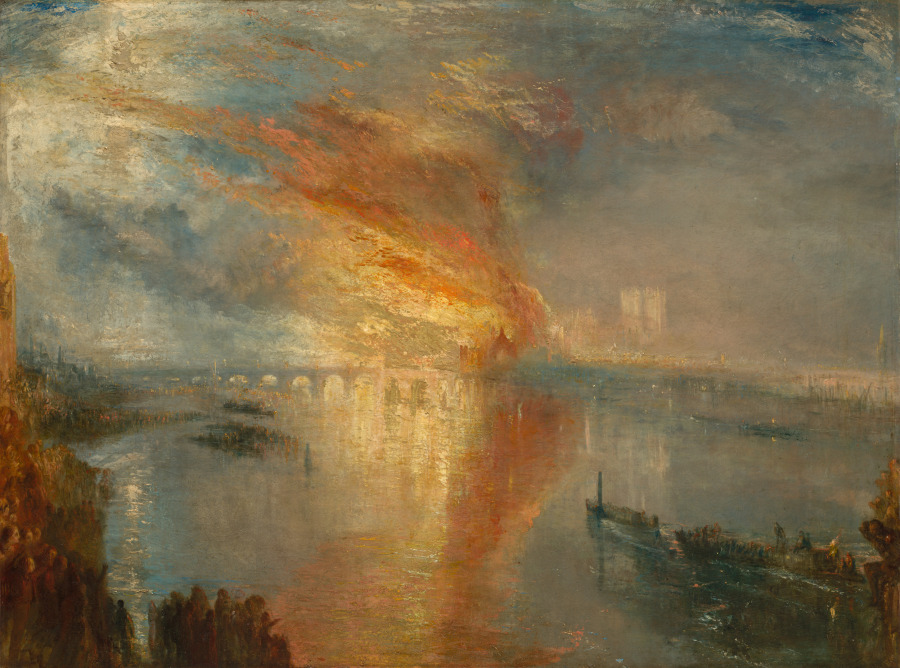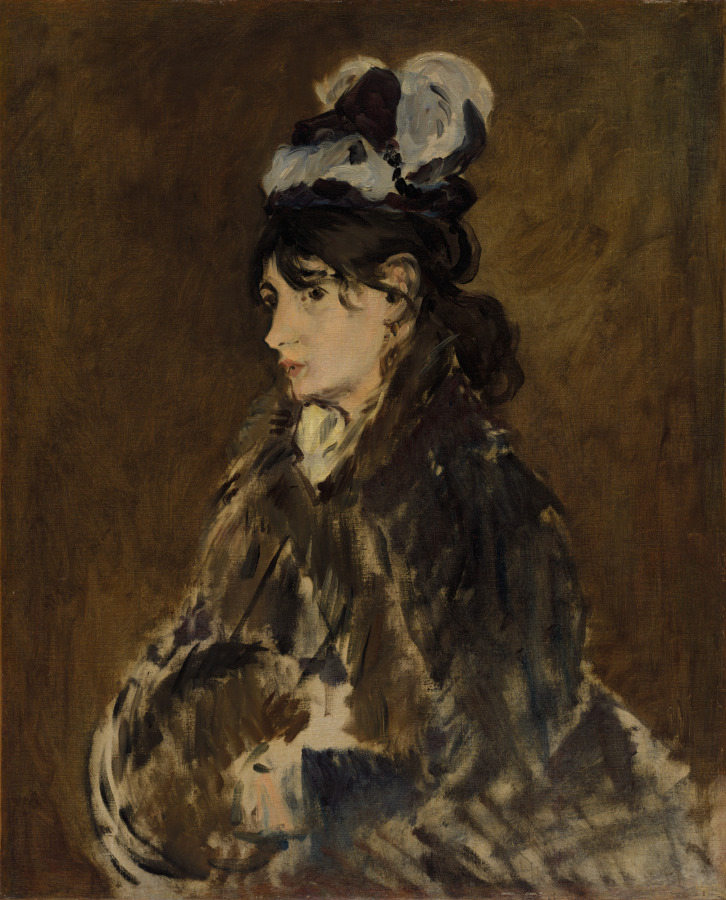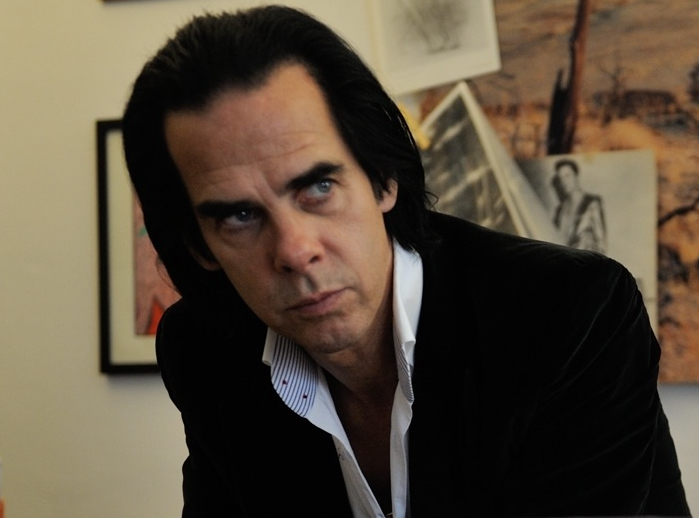Whatever Hippocrates meant when he said “art is long, life is short,” we usually take the saying to illustrate one indisputable medical truth and one more philosophical: everyone dies, but art lives for hundreds, thousands, of years—and may in some sense be a kind of immortality for the artist. This was probably what Salvador Dalí meant when he said, “Si muero, no muero por todo”—“If I die, I won’t completely die.” But maybe he knew he’d return one day in another form as well.
What if artists could go on living forever alongside their work? Or be called up any time we want to have a conversation. Long a staple of science fiction, hologram technology can now bring back famous pop stars, to varying degrees of uncanniness. It has not, until now, summoned a deceased famous artist. But as long as there’s an extensive audio-visual record with which to reconstruct the celebrated dead, it can be done, and now it has. You can see the results yourself in the video trailers here.
Among modern artists, only Andy Warhol left a more complete record of his public persona. The hologram Dalí—according to a press release from Dalí Museum in St. Petersburg, Florida, who will debut him in person, so to speak, this coming April—comes alive through the work of an algorithm that maps information culled from “hundreds of interviews, quotes, and existing archival footage” onto the body of an actor of similar size and build. Dalí’s conversation is not spontaneous but constructed from his own writings and reenacted. It’s not the stuff of Star Trek yet, but maybe a significant step in that direction.
“Greetings,” purrs Dalí in the trailer at the top, from the Dalí Museum in St. Petersburg, Florida. “I am Salvador Domingo Felipe Jacinto Dalí i Domènech. And I am back.” Visitors to the Dalí Museum will see the ersatz Dalí in “Dalí Lives” and “experience his bigger-than-life personality in an up close and personal way.” Will they truly “get the unique opportunity to learn more about Salvador Dalí’s life and work from the person who knew him best: Dalí himself”? Will they feel like it’s worth the price of the ticket, at least?
It certainly seems convincing. If you had told me these clips came from actual interview footage, I might have believed you. Except for the part about him returning from the dead after 30 years. If, however, it were possible to really bring Dalí’s consciousness back online, I doubt he’d be particularly surprised. Though he confesses his fear of death in the short video above, he also tells us, “I do not believe in my death.” Or as he once said elsewhere, “I believe in general death but not the death of Dalí absolutely not. I believe in my death becoming almost impossible.” Or as he might also have put it, “art is long, and so am I.”
via Boing Boing
Related Content:
Walk Inside a Surrealist Salvador Dalí Painting with This 360º Virtual Reality Video
Salvador Dalí Figurines Let You Bring the Artist’s Surreal Paintings Into Your Home
Josh Jones is a writer and musician based in Durham, NC. Follow him at @jdmagness

